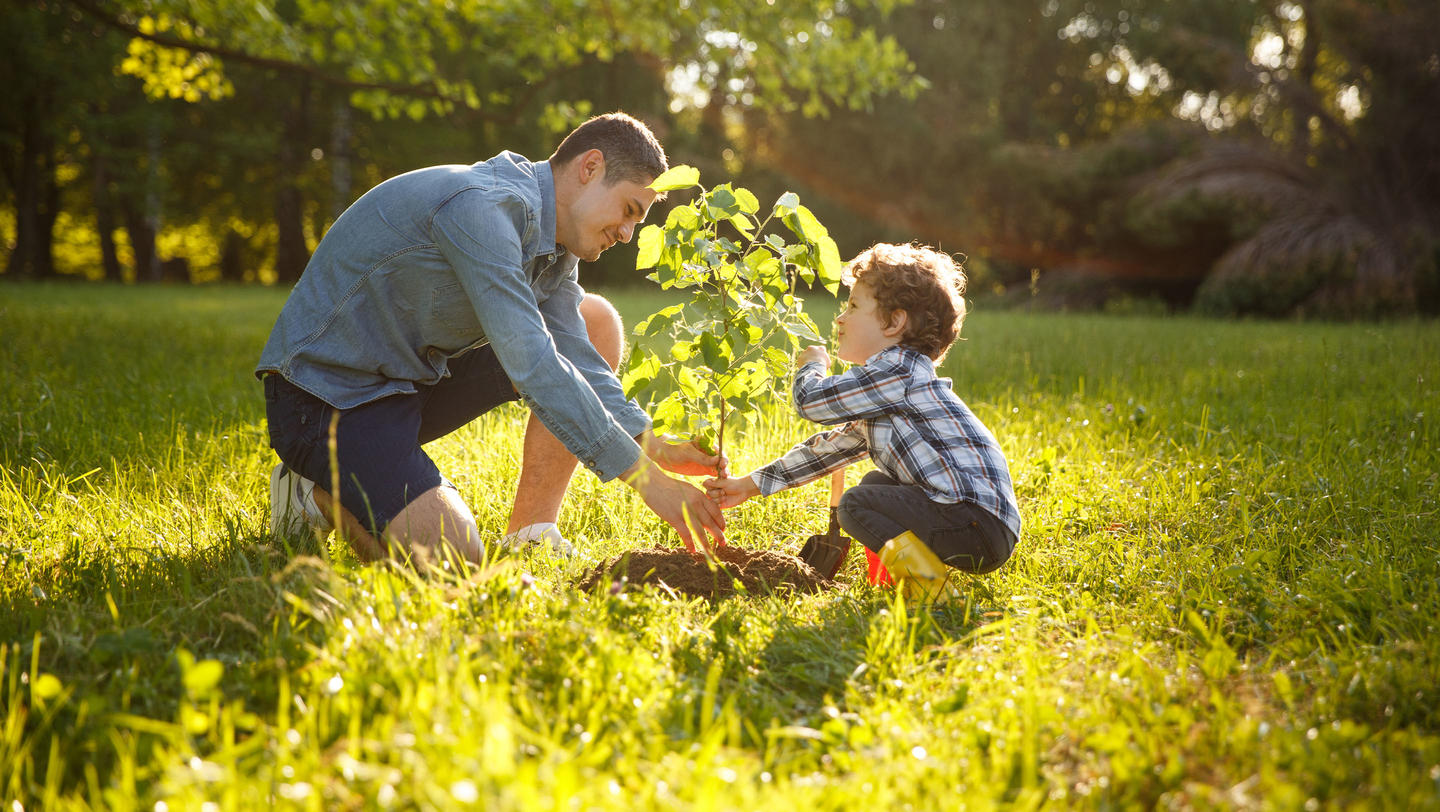Contents
Green Living era marked by environmental challenges and climate change, the concept of green living has emerged as a beacon of hope for a more sustainable and harmonious relationship with the planet. living encompasses a range of practices and lifestyle choices aimed at reducing environmental impact, conserving natural resources, and promoting ecological balance. Let’s explore the principles of living, its benefits, and practical steps individuals can take to embrace a more sustainable lifestyle.

Green Living
Understanding Green Living
At its core, green living is about making conscious choices that prioritize environmental sustainability and minimize ecological footprint. It involves adopting practices that promote energy efficiency, waste reduction, conservation of natural resources, and the use of renewable and eco-friendly materials. From reducing carbon emissions and plastic waste to supporting local economies and biodiversity conservation, green living encompasses a holistic approach to sustainable living.
The Benefits of Green Living
- Environmental Preservation: Green living practices help protect and preserve natural ecosystems, including forests, oceans, and wildlife habitats. By reducing pollution, deforestation, and habitat destruction, living contributes to biodiversity conservation and ecosystem resilience.
- Resource Conservation: Green living promotes the responsible use of natural resources, including water, energy, and materials. By minimizing resource consumption and adopting efficient technologies and practices, individuals can reduce their environmental impact and promote resource stewardship for future generations.
- Health and Well-being: living often goes hand in hand with healthier and more sustainable lifestyle choices. By opting for organic and locally sourced foods, reducing exposure to harmful chemicals and pollutants, and embracing active transportation and outdoor activities, individuals can improve their physical and mental well-being while reducing their carbon footprint.
- Financial Savings: living can lead to significant cost savings over time by reducing energy bills, water usage, and waste disposal costs. By investing in energy-efficient appliances, renewable energy systems, and sustainable products, individuals can lower their utility expenses and enjoy long-term financial benefits.
- Community Engagement: Green living fosters a sense of community and collective action towards environmental sustainability. By participating in local initiatives, community gardens, and conservation projects, individuals can connect with like-minded individuals, share knowledge and resources, and contribute to positive social and environmental change.

Green Living
Practical Steps Towards Green Living
- Reduce, Reuse, Recycle: Embrace the three Rs of waste management by minimizing consumption, reusing items whenever possible, and recycling materials to divert waste from landfills.
- Conserve Energy: Reduce energy consumption by turning off lights and appliances when not in use, investing in energy-efficient lighting and appliances, and maximizing natural lighting and ventilation in homes.
- Opt for Sustainable Transportation: Choose eco-friendly transportation options such as walking, biking, carpooling, or using public transit to reduce carbon emissions and air pollution from fossil fuel combustion.
- Support Sustainable Food Choices: Opt for organic, locally grown, and seasonal foods whenever possible to support sustainable agriculture, reduce food miles, and minimize the environmental impact of food production and transportation.
- Minimize Plastic Use: Reduce single-use plastics by choosing reusable alternatives, such as water bottles, shopping bags, and food containers, and avoiding products with excessive packaging.
Towards a Greener Tomorrow
Green living offers a pathway towards a more sustainable and resilient future for people and the planet. By embracing eco-friendly practices, minimizing environmental impact, and promoting responsible stewardship of natural resources, individuals can contribute to a healthier, more equitable, and more sustainable world for generations to come. Whether through small everyday actions or larger systemic changes, each step towards green living brings us closer to a brighter tomorrow for ourselves and future generations.
Reviewing Green Living: A Holistic Examination of Sustainable Lifestyles
In the wake of increasing environmental concerns and the imperative to address climate change, the concept of living has gained significant traction as a means to mitigate ecological impact and promote sustainability. However, like any lifestyle approach, green living has its nuances and complexities that warrant thorough examination. Let’s delve into a comprehensive review of living, exploring its merits, challenges, and real-world implications.

Green Living
The Merits of Green Living
- Environmental Preservation: Green living champions the conservation of natural resources and ecosystems, promoting practices that minimize pollution, habitat destruction, and biodiversity loss. By reducing carbon emissions, minimizing waste, and supporting renewable energy sources, green living contributes to environmental preservation and ecosystem resilience.
- Resource Efficiency: living emphasizes the efficient use of resources, including water, energy, and materials. By adopting energy-efficient technologies, conserving water, and embracing sustainable practices such as recycling and composting, individuals can reduce their ecological footprint and promote resource conservation.
- Health and Well-being: Green living often aligns with healthier lifestyle choices that benefit both individuals and the environment. By opting for organic and locally sourced foods, reducing exposure to toxic chemicals and pollutants, and prioritizing active transportation and outdoor activities, individuals can improve their physical and mental well-being while reducing environmental impact.
- Economic Benefits: living can lead to wdbos significant cost savings over time by reducing energy bills, water usage, and waste disposal costs. By investing in energy-efficient appliances, renewable energy systems, and sustainable products, individuals can lower their utility expenses and enjoy long-term financial benefits.
- Community Engagement: Green living fosters community engagement and collective action towards environmental sustainability. By participating in local initiatives, community gardens, and conservation projects, individuals can connect with like-minded individuals, share knowledge and resources, and contribute to positive social and environmental change.
Challenges and Considerations
- Access and Affordability: One of the challenges of green living is ensuring accessibility and affordability for all individuals, regardless of socioeconomic status. Green products and technologies may be more expensive or inaccessible to marginalized communities, exacerbating environmental disparities.
- Behavioral Change: Adopting living practices often requires significant behavioral change and mindset shifts, which can be challenging for individuals accustomed to conventional lifestyles. Overcoming resistance to change and fostering widespread adoption of sustainable practices require education, awareness-raising, and supportive policies.
- Complexity and Trade-offs: Green living involves navigating complex trade-offs and competing priorities, particularly in balancing environmental, social, and economic considerations. Sustainable solutions may entail trade-offs between competing interests and values, requiring careful consideration of long-term consequences and unintended impacts.
- Policy and Infrastructure: living is influenced by policy frameworks, infrastructure, and institutional structures that shape individual behavior and choices. Inadequate policy support, lack of infrastructure for sustainable living, and entrenched interests can hinder the widespread adoption of green living practices and technologies.
- Cultural and Societal Norms: Cultural attitudes, societal norms, and consumer preferences play a significant role in shaping lifestyle choices and consumption patterns. Overcoming cultural barriers and social norms that prioritize consumption and materialism requires cultural change and collective action at the societal level.
Conclusion: Towards a Sustainable Future
Green living holds immense promise as a pathway towards a more sustainable and equitable future for people and the planet. By embracing eco-friendly practices, minimizing environmental impact, and promoting responsible stewardship of natural resources, individuals can contribute to a healthier, more resilient, and more sustainable world. However, realizing the full potential of green living requires addressing challenges such as accessibility, behavioral change, policy support, and cultural barriers. By fostering collaboration, innovation, and systemic change, we can build a brighter future grounded in the principles of sustainability and collective well-being.
Read More Article About “ART FOR EVERYONE: HOW TO START DRAWING TODAY“





